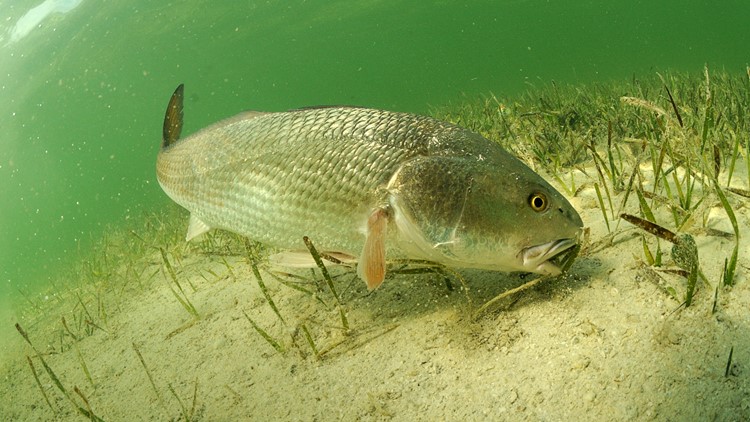TAMPA, Fla. — From opioid painkillers to psychoactive medications, redfish pulled from Tampa Bay were found to have an average of three prescription drugs in their system.
That's according to a recent study from Florida International University that looked at how pharmaceutical contaminants are affecting our sea life.
After finding "alarming" levels of pharmaceuticals in Florida's bonefish in 2022, researchers spent the past year testing redfish from around the state — and the results are pretty alarming.
Of the 113 fish sampled, there was an average of two drugs per fish and a maximum of five.
Only seven of them were found with no drugs in their systems.
The fish were collected from nine Florida estuaries, with Apalachicola and Tampa Bay having the highest number of pharmaceutical detections.
Which drugs were found in Florida's fish?
Researchers tested for 94 commonly prescribed medications and found that cardiovascular drugs, opioid pain relievers and psychoactive medications were the most common.
Some of the most harmful drugs detected were tramadol, caffeine, donezepil, dicolfenac, diphenhydramine, sertraline and ranitidine, according to the study.
How are pharmaceuticals getting into the redfish?
According to researchers, it all comes down to our wastewater systems.
The study says that the pharmaceutical drugs in human wastewater are not sufficiently removed by our conventional water treatments.
The fish can then inhale them via water, sediment or prey and feel the effects in their feeding, activity, sociability and migratory behavior.
“The results underscore the urgent need to modernize Florida’s wastewater treatment systems,” Jim McDuffie, president and CEO of Bonefish & Tarpon Trust, said. “Human-based contaminants like these pose a significant threat to Florida’s recreational fishery, which has an annual economic impact of $13.9 billion and directly supports more than 120,000 jobs.”
The good news is researchers say most of these pharmaceutical contaminants can be removed by applying ozone treatment to wastewater.
“The results of this study indicate that there are additional opportunities for improvement by retrofitting existing wastewater treatment plants with innovative technologies, like ozone treatment, to remove pharmaceuticals and requiring such technology on new wastewater facilities," Kellie Ralston, BTT’s vice president for conservation and public policy, said.



